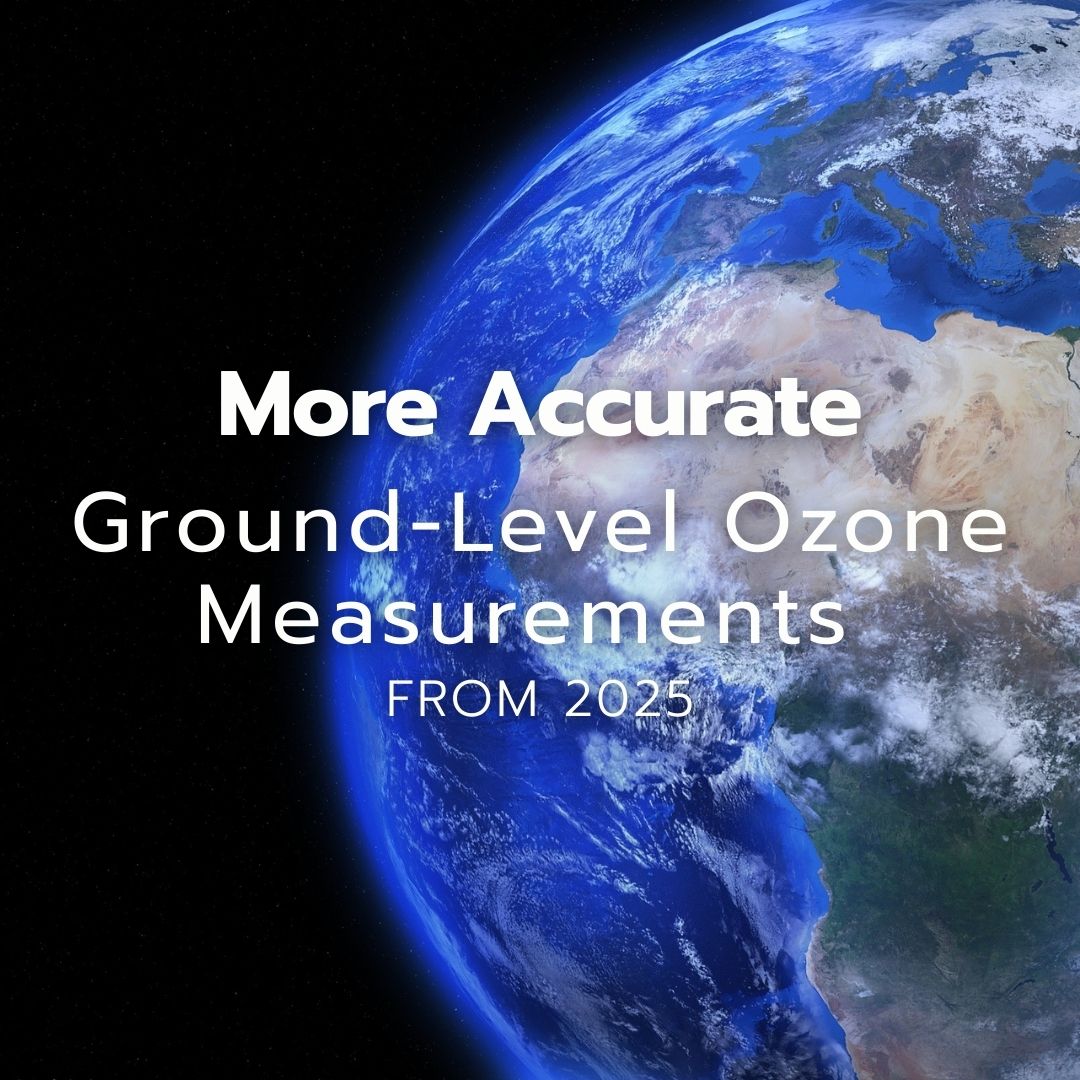
Transition mondiale vers des mesures plus précises de l'ozone en basse atmosphère
Enhancing Consistency in Atmospheric Monitoring
Surface ozone monitoring networks worldwide are transitioning to a new ozone absorption cross-section value for ground-level ozone measurements, effective January 2025. This update marks a critical step forward in improving the accuracy and comparability of ozone data across the globe, and the Bureau International des Poids et Mesures (BIPM) is playing a key role in supporting this initiative.
What’s Changing?
Ground-level ozone is measured using ultraviolet (UV) photometry, which quantifies ozone concentration based on its absorption of UV light at a wavelength of 253.65 nm. The updated cross-section value— CCQM.O3.2019—has been validated through extensive international research and reflects the latest advances in metrology.
This change reduces uncertainties in ozone measurement, ensuring that data collected by environmental agencies, research institutions and policymakers is more accurate and comparable.
The new cross section has been adopted for the international comparison of primary ozone photometers (BIPM.QM-K1) and is being adopted in the calibration services offered by National Metrology Institutes for standard instruments operating in the range (0 to 1000) nmol/mol of ozone in air. The change has been coordinated with standardization organizations with implementation of the new cross section value in relevant normative standards including ISO 13964 and ISO 10313.
Why It Matters
Accurate ozone measurements are crucial for tracking air quality, assessing environmental health and informing policies aimed at mitigating pollution and protecting public health. The new methodology will reduce uncertainties in measurement methods and improve confidence in global ozone monitoring networks.
How Will This Be Implemented?
Guidance is being provided to ozone calibration laboratories, surface monitoring networks and instrument manufacturers, on how to implement the cross-section change, including the need for recalibration of instruments and meta-data provision.
- Guidance Document: How to Implement the New Absorption Cross-Section for Ozone Concentration Measurements
- Meta Data: Change in the Value of the UV Ozone Absorption Cross Section Recommendations for Metadata Provision
A Global Collaboration
This transition underscores the collective efforts of the global metrology and ozone monitoring communities, coordinated by the Consultative Committee for Amount of Substance: Metrology in Chemistry and Biology (CCQM), its Gas Analysis Working Group (GAWG) and its Task Group on Ozone Cross-Section Change Management. By adopting the refined cross-section value, an important step towards more reliable atmospheric monitoring has been taken, benefiting science, society and the environment.
For more details and access to technical resources, visit BIPM’s dedicated webpage on ozone measurement.